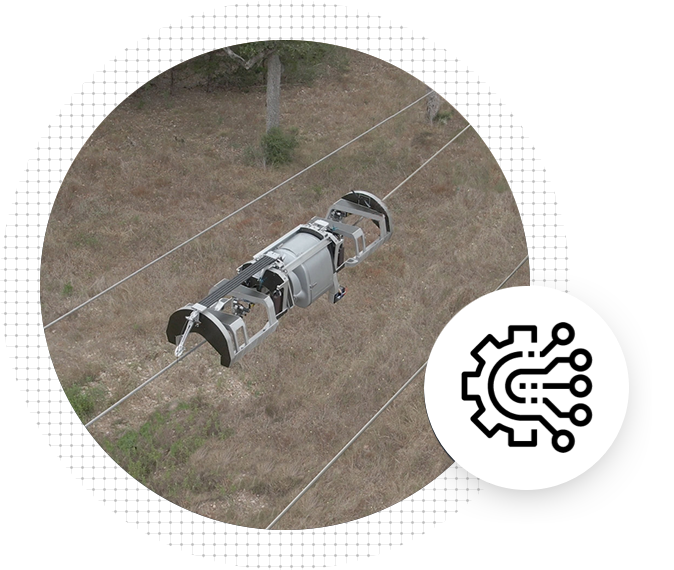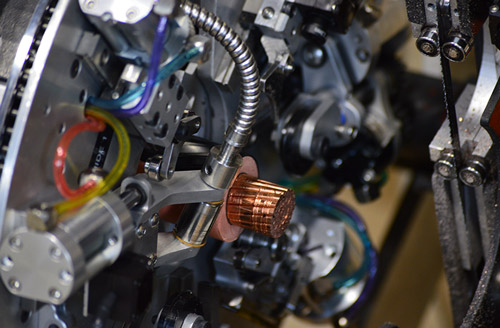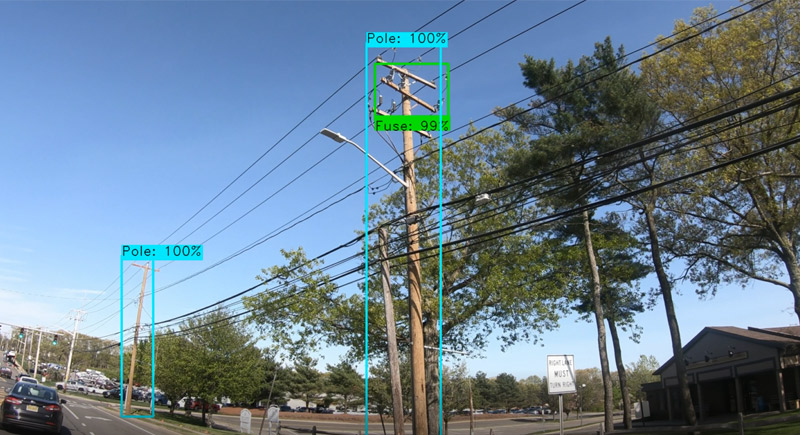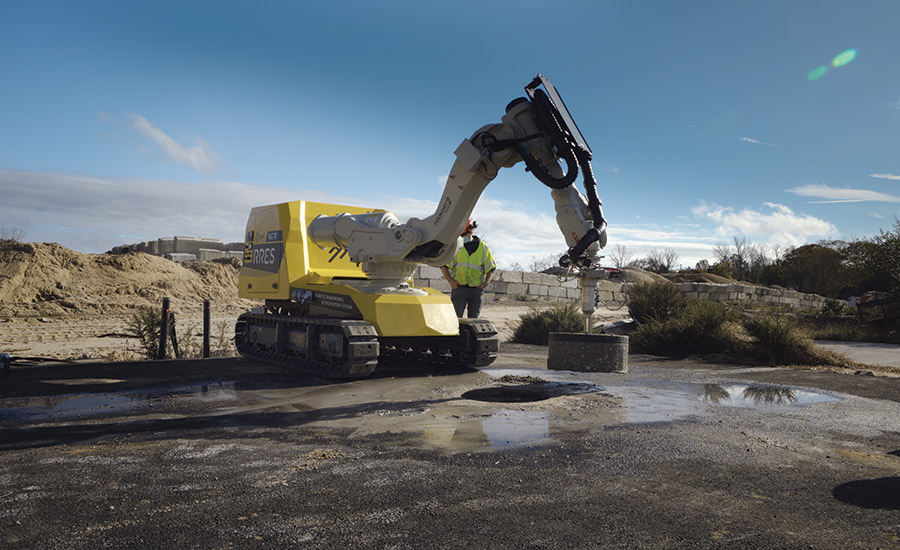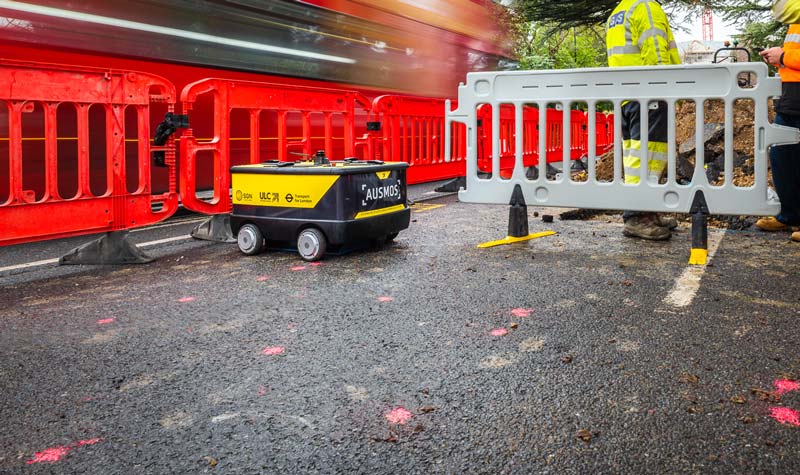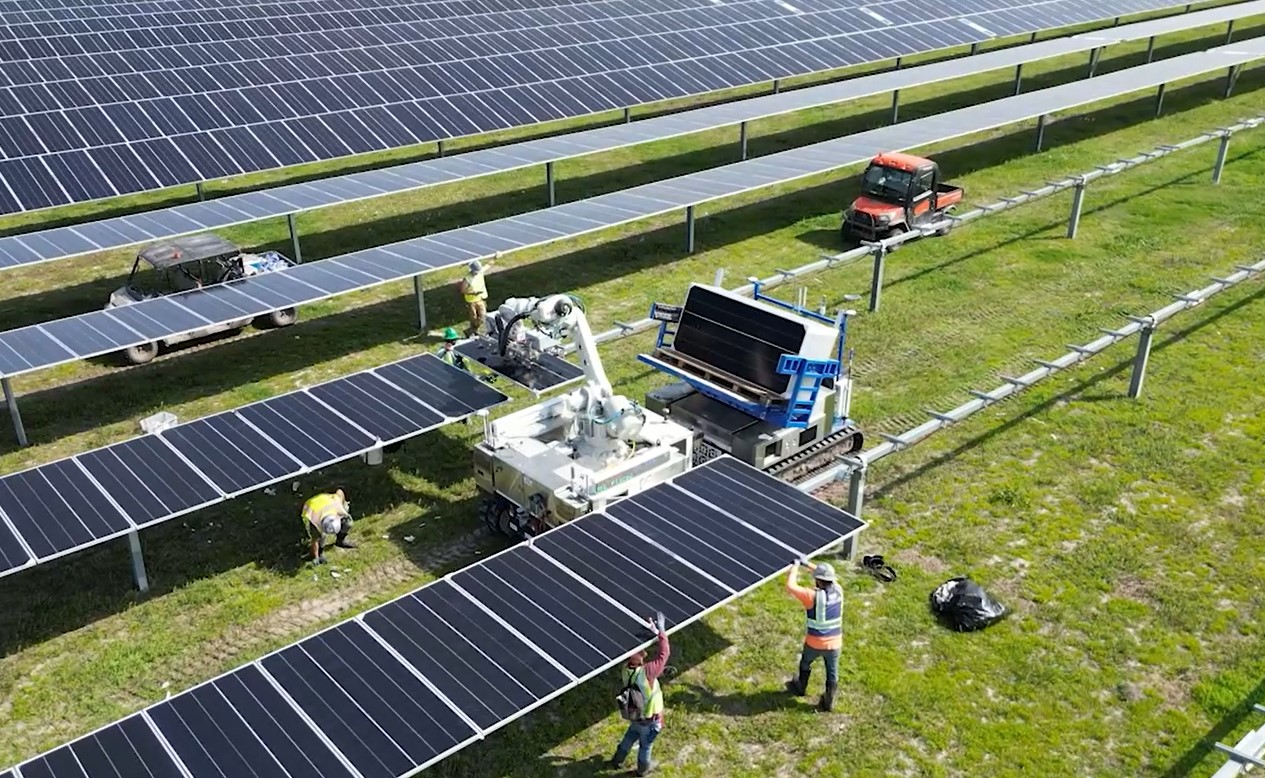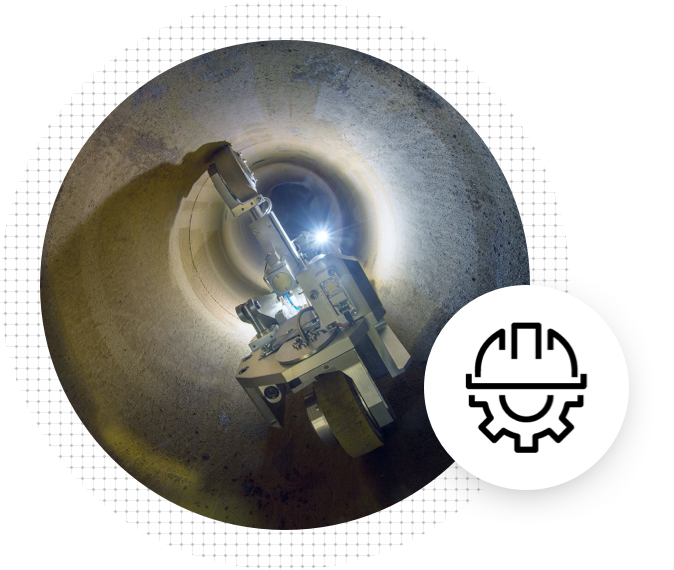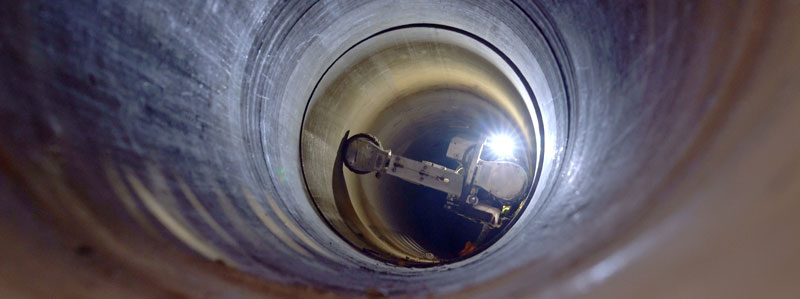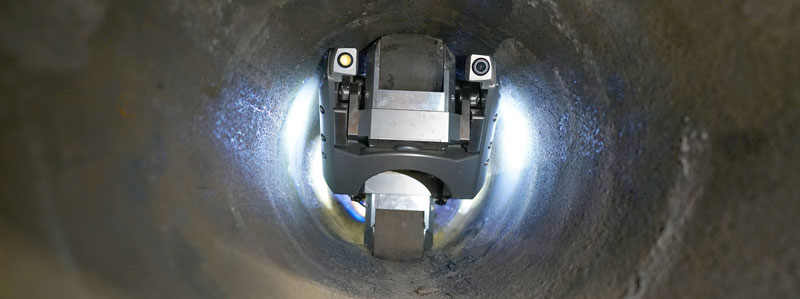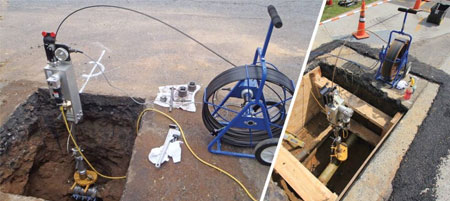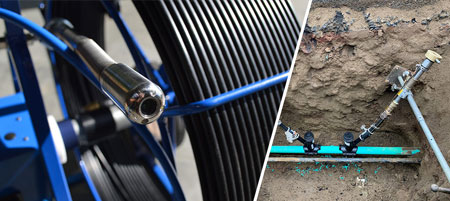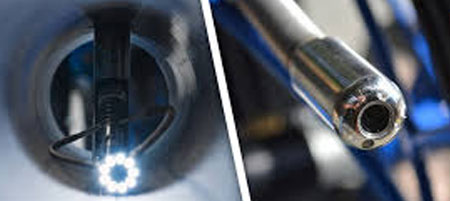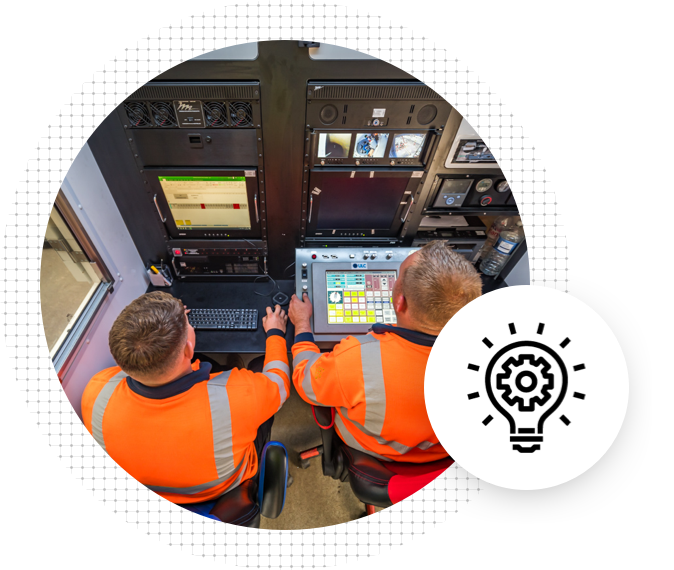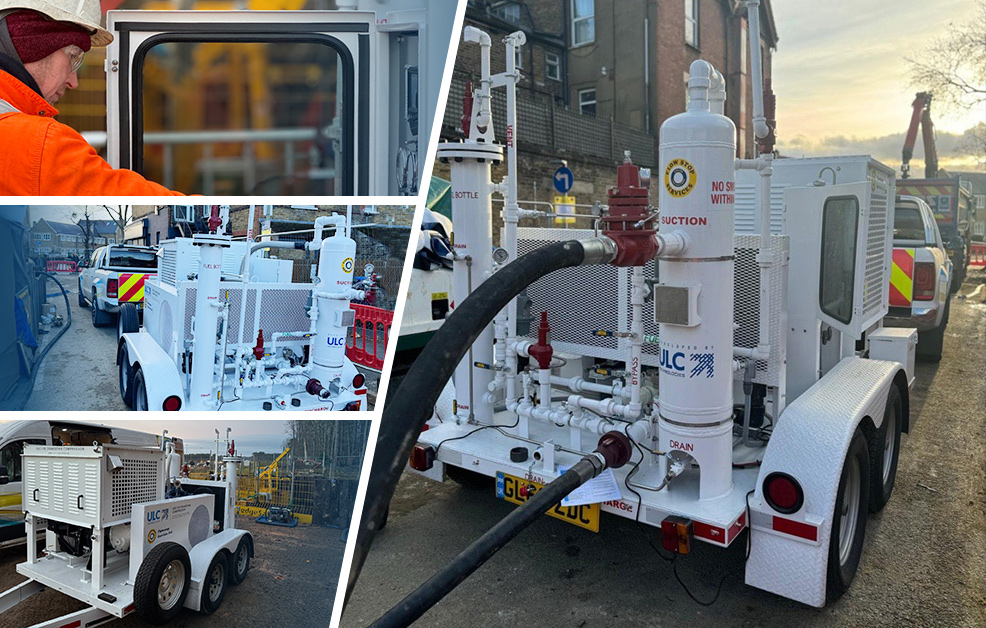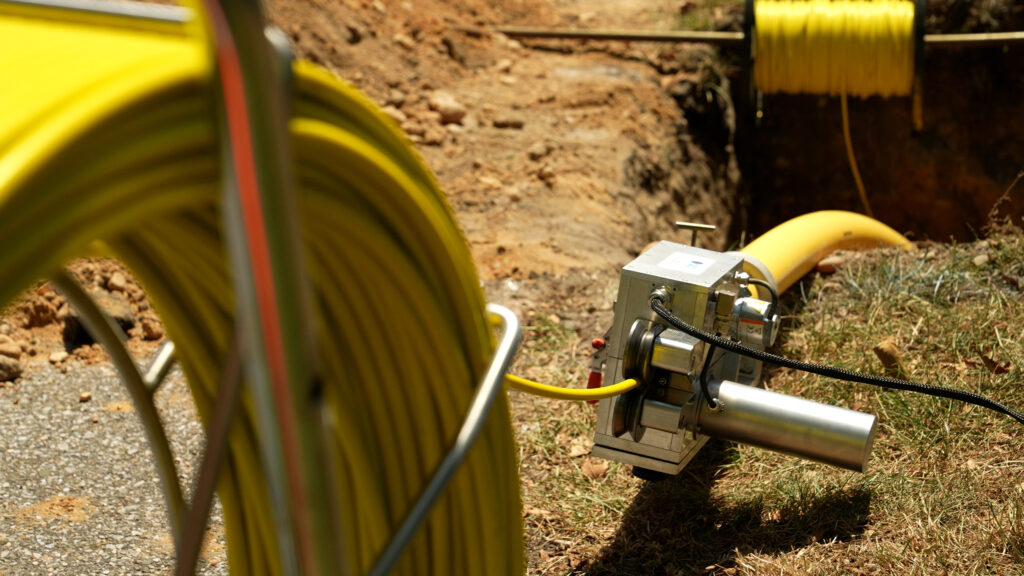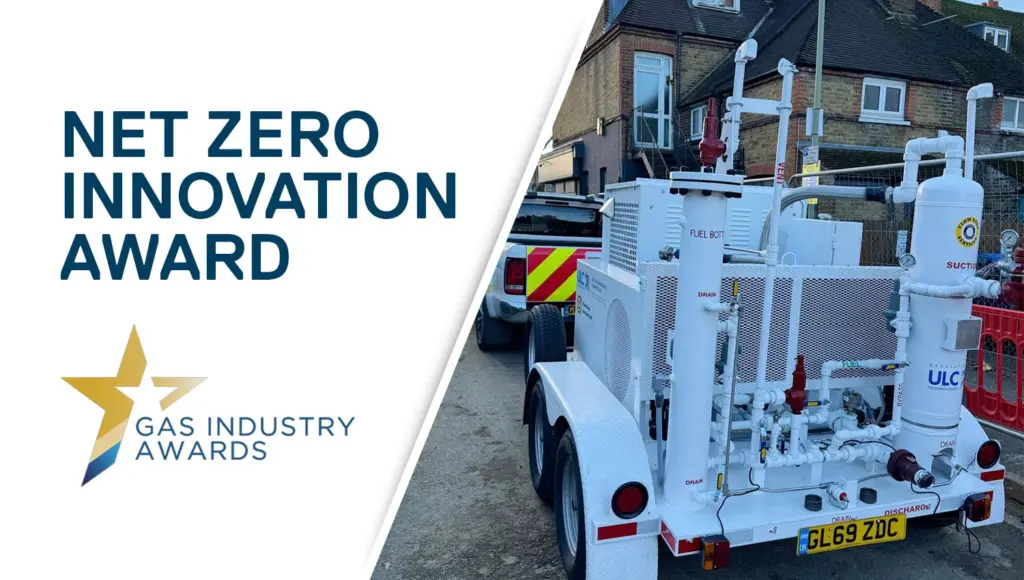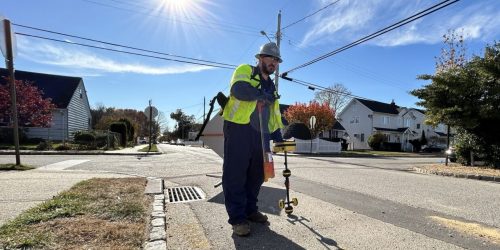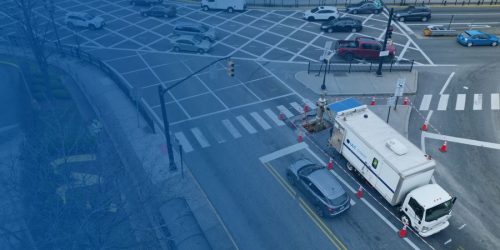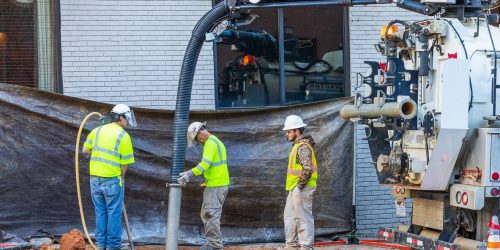Robots are increasingly finding their way into outdoor environments, from construction sites to utility maintenance projects. Unlike their counterparts in controlled environments like manufacturing lines, outdoor robots face unique challenges that require innovative solutions. Here’s a closer look at the hurdles robotics companies encounter and how they’re overcome.
ULC Technologies’ Director of R&D Project Management, Ali Asmari, was invited to participate in a panel discussion focused on Outdoor Robotics at the 2024 RoboBusiness Conference in Santa Clara, CA. Below are his takeaways from the discussion.
Adapting to Unpredictable Environments
Unlike indoor robots, outdoor robots must contend with constantly changing conditions. A welding robot on a shop floor, for instance, benefits from precise, long-term calibration in a stable environment.
Outdoor robots, however, often enter new terrains where speedy recalibration is critical. Here are some of the biggest challenges for outdoor robots:
1. Changing Visual Conditions
In the lab, visual inputs are consistent. But outdoors, these conditions are always changing. Many of the automation issues consumers hear about — for example self-driving cars — are due to visual anomalies being understood and interpreted the wrong way.
Because the location of the sun is always in flux, visual distortions like shadows and reflections are ever-present. Conducting an inspection in the morning will be different than an inspection at the same location in the evening. You can’t calibrate an outdoor robot for every potential lighting anomaly, so they must be equipped and trained to learn and interpret new environments even as things change.
2. Challenging Terrain
Construction sites and outdoor job locations rarely offer stable ground. Soil shifts, terrain varies, and a robot’s movement can further destabilize its surroundings.
Unlike humans, who instinctively adjust their balance, robots need sophisticated programming and sensors to adapt. They must be able to learn their new environments quickly and with confidence.
3. Weather Factors
Rain, humidity, and extreme temperatures present significant risks to outdoor robots. Rainwater can corrode parts, seep into electronics, or reduce a robot’s functionality. Sunlight can heat components to dangerous levels.
Outdoor robots aren’t closed boxes that can be easily sealed in one fell swoop. Each component of the robot, many of which move during operations, must be protected. Elements that will be exposed to moisture should be made of waterproof materials, and exposed areas should be sealed to prevent water from reaching critical components.
Electrical components don’t do well in high heat unless they’re specifically designed for such environments. Mechanical operations happening inside a robot will also create additional heat. When combined with the sun heating the robot’s surface, it’s like a car on a hot day. Outdoor robots that will be in these conditions need to have cooling mechanisms, so components don’t fail.
4. Humans On Site
Safety is priority one with robots on job sites. When humans are present, outdoor robots must have safety mechanisms in place to avoid dangerous situations. For example, advanced sensors can track human behavior, and we can create a safety light curtain where if anything comes in a certain zone, operations immediately stop.
Many jobsite robots are programmed to include active communication between the robot and a human operator. With human-robot collaboration, when the robot completes a step, a human affirms completion and approves moving on to the next step. This back-and-forth keeps operators actively involved, even if they’re physically away from the task at hand and ensures safety at each checkpoint.
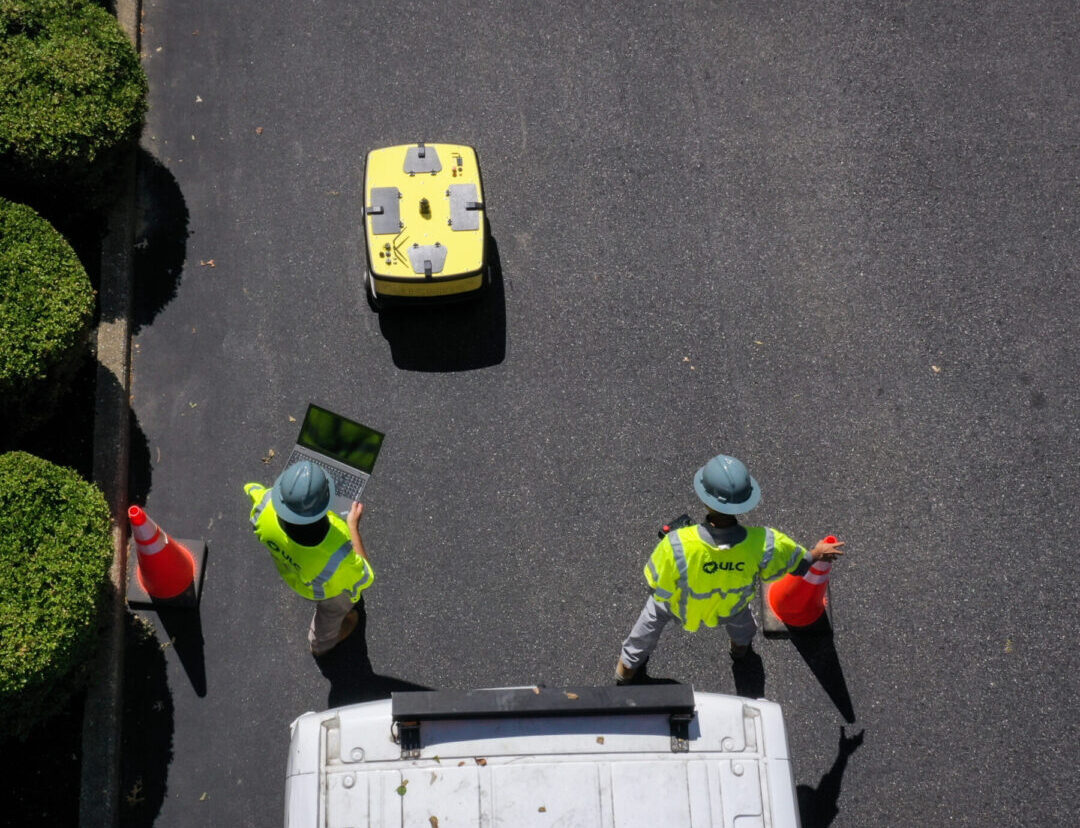
Overcoming Challenges to Develop Outdoor Robots
To develop outdoor robots that can see and learn new environments quickly, we use many different technologies, including:
- GPS
- Real-time kinematic (RTK) positioning, which increases the accuracy of GPS
- Simultaneous localization and mapping (SLAM) for real-time environmental mapping
- Light detection and ranging (LiDAR) remote sensing
- Various types of cameras
- Image processing like stereovision, which uses multiple images to see in 3D
- Diverse datasets for training AI/ML models
Experienced robotics partners can overcome the challenges discussed above with a series of approaches, specific to each robotic system’s needs.
Adaptive Calibration Systems
Self-calibrating systems ensure robots can adjust their tools and operations quickly in new and changing environments. By using GPS, RTK (real-time kinematics), laser scanners, and other sensing technologies, robots can learn and recalibrate autonomously at new job sites. These technologies enable precise positioning and alignment, whether navigating power lines or ensuring a chainsaw cuts perfectly perpendicular.
AI-Driven Sensor Resilience
Outdoor robots depend on the previously mentioned sensors to perceive their environment, but factors like lighting, shadows, and reflections can skew their readings. To mitigate this, we can use AI and machine learning to train robots to recognize objects under varying conditions. For example, metallic surfaces that look different at sunrise and midday are accounted for by training models on diverse data sets. These models enable robots to maintain accurate operations regardless of changing environmental factors.
Terrain Navigation and Stability
Robots designed for outdoor use often operate in challenging terrains like construction sites or uneven ground. To ensure stability and smooth navigation, sensing technologies and predictive algorithms are deployed. These technologies allow robots to detect and navigate obstacles while dynamically adjusting their balance.
Weatherproofing and Climate Adaptation
Robot developers address weather considerations by designing robots with rugged exteriors, sealed compartments, and integrated cooling systems. These features protect sensitive electronics and ensure reliable operation in all conditions.
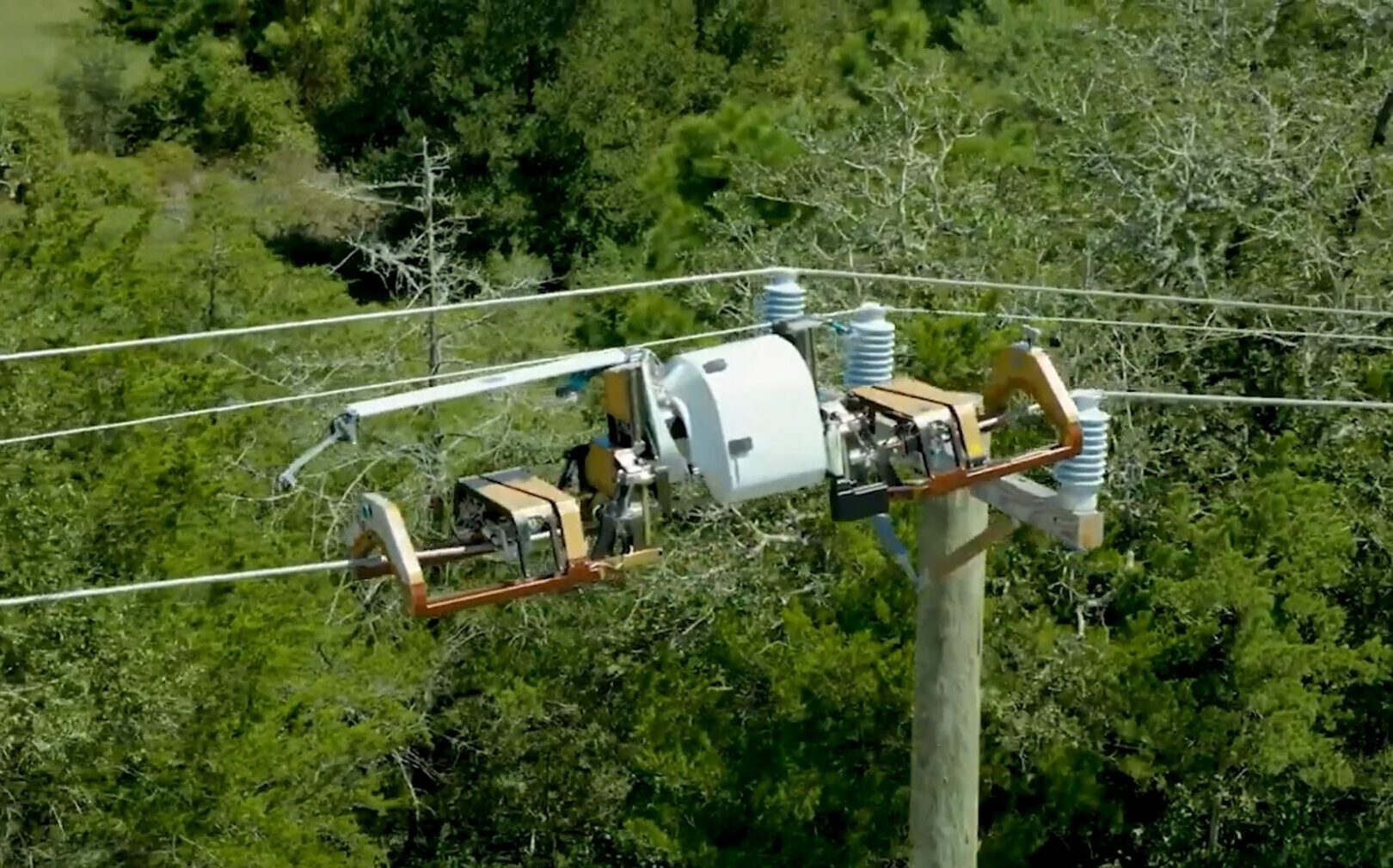
Examples of Outdoor Robots
Outdoor robotics demand specialized knowledge beyond standard automation. Experienced partners like ULC Technologies bring a deep understanding of environmental challenges and solutions. Through years of fieldwork and collaboration, we’ve honed our ability to design robots that excel in diverse and unpredictable conditions. Here are some of the outdoor robots we’ve helped develop.
Robotic Roadworks and Excavation System
An example of an outdoor robot that has to adapt to new conditions on each job is our Robotic Roadworks and Excavation System (RRES), which performs ground excavation around critical underground infrastructure. The robotic system must navigate new terrain, level itself, and recalibrate its articulating arm consistently. When cutting with its custom concrete cutting chainsaw and deploying its vacuum excavation tools, RRES must operate with confidence.
AUSMOS Underground Mapping
AUSMOS exemplifies innovative engineering designed to overcome the many challenges of outdoor robotics. It overcomes environmental uncertainty by using LiDAR for autonomous navigation, even in GPS-denied areas like dense urban environments or indoor spaces. The system is designed to calibrate on-site, so navigating new locations is quick and easy.
Bombyx Power Line Robot
The Bombyx aerial fiber deployment robot automates the installation of fiber optic cables on existing overhead power lines. Autonomous navigation along overhead distribution power lines — which are narrow, change trajectory as the robot’s weight moves, and can swing side to side — required out-of-the-box thinking. While tightrope walkers use long poles to balance on narrow wires, Bombyx actively measures its momentum in different directions and predicts its dynamic impact to balance itself along the line.
Cable End Prep Machine
Our medium voltage electric cable end prep machine automates the critical task of preparing cables for termination — a dangerous job that requires precision. This is an example of an autonomous system that is teleoperated by a human from a safe distance, keeping workers away from high-voltage danger. The machine operates inside underground vaults and has many environmental challenges to overcome, including low light, tight spaces, dirty surroundings, and cold temperatures. Medium voltage cables are tough to work with when they’re cold, so in cooler climates, the machine comes with a heating element to make the cable’s layers more receptive to blades and cutting.
Working With an Experience Partner
In any new outdoor robotics project, choosing an experienced robotics R&D partner is critical to success. Outdoor robots present challenges far beyond those of traditional automation, requiring a partner who understands how to solve problems in the real world, not just in a controlled lab. ULC Technologies brings this expertise, having worked across diverse industries, environments, and applications. We’ve developed robust models to handle various terrains, weather conditions, and safety challenges — and we’re passionate about creating new solutions for emerging needs.
Our close collaboration with customers and field operators ensures every project is engineered to operate in real-world conditions. By spending time in the field and drawing on the experience of ULC’s operations team, we get firsthand insight into the tasks, safety considerations, and environmental variables that influence robot performance. This experience allows us to solve problems with consideration of all factors, limiting risk and ensuring the robots can thrive in their intended environments. Partnering with an experienced robotics partner like ULC Technologies for R&D means tackling every obstacle — from sunlight and shadows to soil type and weather — with confidence.
Wrapping It Up
Outdoor robots are transforming industries by tackling the challenges of unpredictable environments with innovative solutions. From leveraging AI-driven sensor resilience to maintain accuracy under varying lighting and terrain conditions, to incorporating advanced weatherproofing and climate adaptations, robotics developers continue to push the boundaries of what’s possible. Each system is a testament to engineering creativity—whether it’s AUSMOS using LiDAR to assist in its mapping operations in GPS-denied areas or the Bombyx robot balancing on power lines with precision algorithms. These innovations not only enhance efficiency but also prioritize safety and reliability, proving that outdoor robots are built to thrive where complexity meets opportunity.
If you have an idea for an outdoor robot, contact us.


